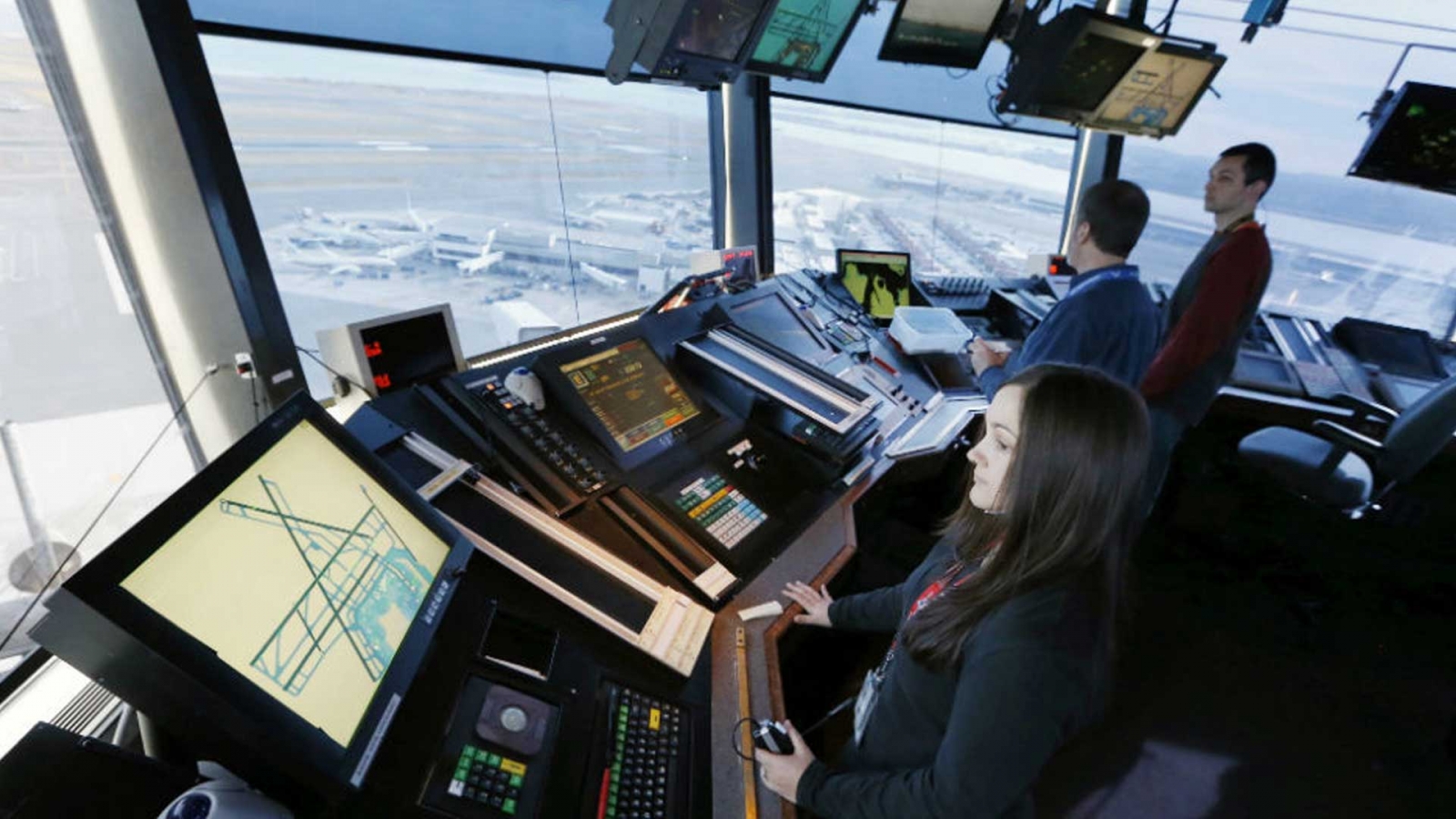Unsung Heroes of the Road: Decoding the Vital Role of Traffic Controllers
In the chaos of rush hour, amidst the symphony of honking horns and impatient engines, there exists a silent guardian of order – the traffic controller. These unsung heroes of the road play a vital role in ensuring the smooth flow of vehicles, pedestrians, and cyclists, all while maintaining a delicate balance between safety and efficiency.
With a blend of hand signals, light controls, and quick decision-making, traffic controllers serve as the linchpin of transportation systems around the world. Their steadfast presence at intersections and construction sites not only regulates the movement of traffic but also helps prevent accidents, minimize congestion, and keep our roads safe for everyone. Even in the face of daunting challenges and unexpected disruptions, these dedicated individuals stand tall, unwavering in their commitment to keeping our daily commutes manageable and stress-free.
Importance of Traffic Controllers
Traffic controllers play a crucial role in ensuring the smooth flow of traffic on our roads. They are the unsung heroes who work tirelessly to maintain order and safety, especially in busy intersections and construction zones. Without their expert direction, the risk of accidents and congestion would significantly increase.
Their primary responsibility is to manage the movement of vehicles, pedestrians, and cyclists at various points of the road network. By carefully coordinating traffic signals, signage, and hand signals, traffic controllers help prevent gridlock and minimize delays for commuters. This strategic planning and execution are essential for optimizing the efficiency of transportation systems.

In addition to managing traffic flow, traffic controllers also play a vital role in emergency response situations. They are often the first point of contact during accidents or road closures, and their quick actions can help emergency services reach the scene promptly. Their ability to adapt to changing circumstances and make split-second decisions can make a significant difference in saving lives on the road.
Challenges Faced by Traffic Controllers
Handling rush hour traffic can be incredibly stressful for traffic controllers. protrafficcontrol , they must navigate through the chaos and make split-second decisions to keep vehicles moving smoothly. Managing impatient drivers and responding to emergencies add to their challenges.
Moreover, adverse weather conditions pose a significant challenge for traffic controllers. From heavy rain to snowstorms, these unpredictable elements can make their job even more demanding. Maintaining visibility and ensuring the safety of drivers become critical tasks during such weather events.
The pressure to minimize traffic congestion in real-time is another challenge faced by traffic controllers. Balancing the flow of vehicles, preventing accidents, and coordinating with other agencies require precision and quick thinking. Dealing with unexpected road closures, accidents, or construction adds another layer of complexity to their responsibilities.
Innovations in Traffic Control
One significant innovation in traffic control is the implementation of smart traffic lights. These lights are equipped with sensors and cameras that can detect traffic flow in real-time, allowing for dynamic adjustments to signal timings based on current conditions. This technology helps to optimize traffic flow and reduce congestion on the roads.
Another advancement is the use of intelligent transportation systems (ITS) that incorporate data analytics and artificial intelligence. These systems can analyze traffic patterns, predict congestion, and suggest alternative routes, enabling traffic controllers to make informed decisions in managing traffic more efficiently.
Furthermore, the emergence of connected vehicle technology has revolutionized traffic control strategies. With vehicles communicating with each other and with infrastructure, traffic controllers can receive real-time information on vehicle movements, allowing for coordinated actions to enhance safety and minimize delays on the roadways.